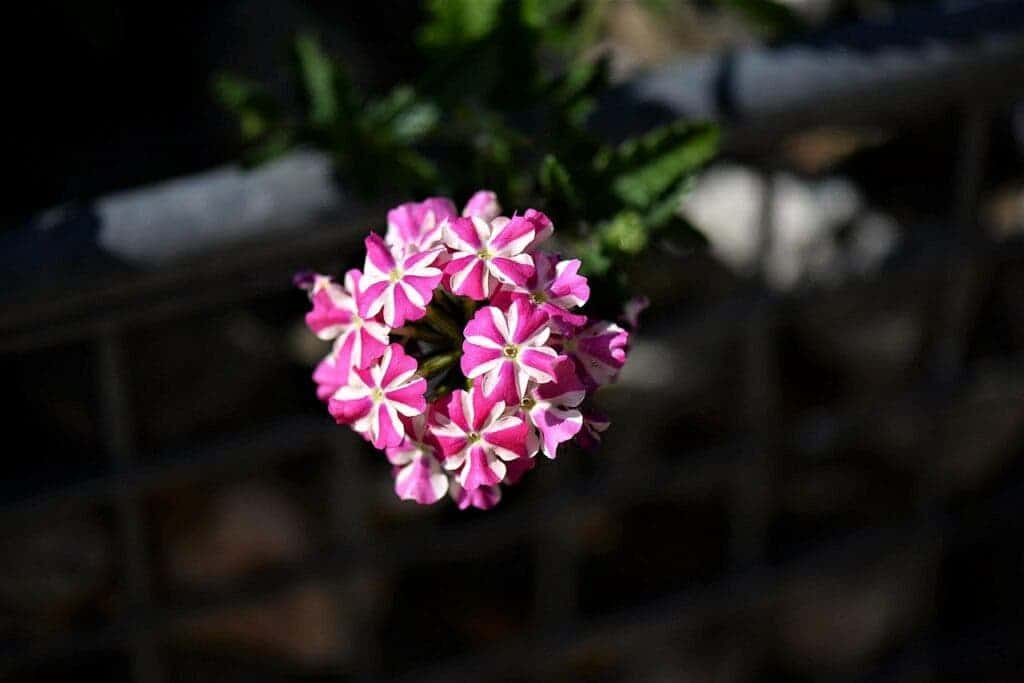Research on the petunia flower may bear unexpected fruit for gourmands everywhere: better cherry and almond flavors.

A team of researchers from Purdue University has recently discovered the molecular recipe of one of the most coveted compounds today — benzaldehyde. Although you’ve most likely never heard of it before, you’re almost guaranteed to have tasted it. Benzaldehyde is a chemical compound used for some of the most popular food flavorings globally, including almond, raspberry, and cherry. Only vanillin, the aromatic compound that gives vanilla its characteristics, is more valuable in the food industry.
The new study describes the molecular structure of benzaldehyde, which was discovered during a study of the petunia’s smell.
Full of flavor
“Benzaldehyde is what gives that pleasant almond-like scent and is part of the aroma of many fruits,” said Natalia Dudareva, Distinguished Professor of Biochemistry in Purdue’s College of Agriculture, and lead author of the study. “That scent attracts pollinators and, in addition to those fruits, it is found in other plants, including petunias.”
Biochemists learn how to create different aromatic compounds in use today often from plants that are far removed from the ones those aromas are meant to recreate. These compounds then let us reproduce desirable tastes or smells and apply them to the products we crave. While entirely natural sources or aromatics are preferred, sometimes it isn’t viable to obtain the desired tastes this way.
Benzaldehyde “has an especially puzzling biosynthetic pathway” – the chemical process for forming a compound – according to Dudareva, one that has eluded researchers up to now. As such, various artificial chemical reactions were used at various points in its synthesis to produce the final aroma.
The researchers worked with petunias to uncover the natural biosynthetic pathway of benzaldehyde production. Armed with this knowledge, researchers will be able to transfer the genes that encode the process to yeast or other microbes to allow for industrial-scale production of the compound and its use in the food and beverage industry.
They report that the synthesis of this compound in petunia petals relies on an enzyme built from two subunits that must combine in equal amounts.
The team found that synthesis of benzaldehyde in petunia petals involves an enzyme consisting of two subunits that must combine in equal amounts to activate. This requirement is not commonly seen in the production of aromatic compounds, the researchers explain, which complicated efforts to understand this biosynthetic pathway up to today. Earlier research focused on looking for a single component, and this expectation likely ruined the efforts from the start.
“The gene directly responsible and enzyme needed for benzaldehyde synthesis were a mystery,” says said Xing-Qi Huang, co-author of the paper and postdoctoral researcher in Dudareva’s lab. “We tried newer techniques, but it took a classical approach to reveal it.”
“We estimate the size of the protein we are hunting in addition to other things we have learned about the pathway. We weren’t finding a good indication of a single protein within that estimate. However, we noticed the presence of two components of half the size of our estimate, and we thought maybe there are two subunits.”
Proteomic and genetic testing in the lab confirmed this hypothesis and led the team to the genes that encode the process. The team reports that they have mapped out “almost all” of the genes and pathways responsible for the petunia’s aromatic compounds. Further work will doubtlessly reveal the full extent of these pathways and lead us to a new way of creating high quality benzaldehyde — and tastier treats.
The paper “A peroxisomal heterodimeric enzyme is involved in benzaldehyde synthesis in plants” has been published in the journal Nature Communications.









